Meditate To Hear The Silence
Welcome to the 10-part meditation blog series that focuses on the various ways that meditation can assist you and your overall wellbeing.
Each week I will publish a blog specifically dedicated to how a meditation practice can assist with lowering anxiety levels, seeing your path, help your thoughts go by more easily, etc.
Before diving into this week’s topic, I want to take some time to provide some definitions and answer some questions to ensure that we are all on the same page.
Meditation: thinking deeply or focusing one's mind for a period of time, in silence or with the aid of chanting, for spiritual purposes or as a method of relaxation
Mindfulness: the practice of maintaining a nonjudgmental state of heightened or complete awareness of one's thoughts, emotions, or experiences on a moment-to-moment basis
Why should I care about meditation?
Because it has a direct connection to health benefits such as lower blood pressure, improved blood circulation, lower heart rate, less perspiration, slower respiratory rate, less anxiety, lower blood cortisol levels, more feelings of well-being, less stress and deeper relaxation.
Who should meditate?
EVERYONE! You don’t have to have some enlightened, spiritual abilities to practice meditation. You don’t have to be a yogi and go around saying namaste to everyone. You don’t have to know someone within the meditation community to be invited into it. Literally anyone from toddlers to elders can do and benefit from meditation.
Where should I start?
Take your time in trying out all different types of meditation and mindfulness activities to figure out what suites you best (resources provided below). After more and more time is spent meditating you will become more and more comfortable with the idea of being still and focusing your attention to your breath.
Quick Practice: Let’s Give It A Go!
1. Find a quiet space
2. Sit or lie down and get comfortable
3. Close your eyes
4. Breathe natural. Make no effort to control your breathing
5. Focus your attention on your breath. Observe your bodies movements with your breath. Focus your attention on your breath, remembering not to control it and allowing it to flow in and out naturally. When your mind wanders, that’s okay, just thank your thoughts and return your focus back to your breath.
a. Start with doing this for a few minutes, and then add one more time as your practice progresses.
Resources:
Books:
How to Walk, How to Sit, How to Eat, Reconciliation
Headspace Guide to Meditation and Mindfulness
Online:
UCLA Mindful Awareness Research Center
Greater Good Science Center at UC Berkeley
YouTube:
Jon Kabat-Zinn
Pema Chodran
Sharon SalzBurg
Tara Brach
Apps:
Humans are natural problem solvers so when we feel an emotion that we do not understand, we want to figure out why it is there, what it is rooted in and how we are get rid of it. We do this by analyzing our thoughts and actions, venting and talking to friends and family, and maybe even talking with a professional counselor. The troublesome thing is that sometimes after doing all of that, we still feel stumped by our emotions and haven’t fully cracked the code on them.
This can be frustrating (of course) and leave us feeling ineffective and like we don’t have control of what’s going on inside of it. What I am going to suggest is to STOP. Dont do what you usually do. Dont go down that investigative crime stopper path and just be still. Hear the silence.
Since childhood a majority of us were taught to fill moments of silence with something (speech, action, moving your gaze…). This was either directly told to us as children or it was modeled to us by society and those around us. Very few times in our day to day are we in silence and typically when we do get to a silent space, we pick up our phones out of distraction, boredom or maybe even insecurity.
So for most silence isn’t something you are going to welcome with open arms. It is going to be awkward, or uncomfortable or make you feel like you just want to crawl out of your own skin; but hang in there and overtime you will learn to love, grown and thrive within the silence. No longer needing to reach for that distraction and able to be with external stillness and find relief in the internal stillness.
What meditation can do is assist you in using the stillness and silence to open yourself up to being comfortable within the quietness and help you find your truth and maybe even those answers you are longing for. You will be surprised where you mind goes when you are safe and in true silence.
Try It Out:
Being Comfortable With Silence – Guided Meditation – Listen Here
Inner Calm Deep Relaxation – Listen Here
Written by: Shannon Gonter, LPCC
Shannon Gonter, Professional Counselor in Louisville, KY
I specialize in working with men and young adults. I am passionate about my career and want to work with you to create positive change. I also strive to create a counseling environment where men and young adults can relate, feel heard, and find new solutions to their negative patterns. Some issues that I most commonly work with are stress, relationship issues, difficulty saying “no” to others, difficulties recognizing emotions and emotionally connecting to others, anger, and intimacy issues, among others.
The information and resources contained on this website are for informational purposes only and are not intended to assess, diagnose, or treat any medical and/or mental health disease or condition. The use of this website does not imply nor establish any type of therapist-client relationship. Furthermore, the information obtained from this site should not be considered a substitute for a thorough medical and/or mental health evaluation by an appropriately credentialed and licensed professional.

